Obtaining sugar from the juice extracted from the cane comprises a series of stages where sucrose is extracted and purified. In this process, which is affected by the variations in the raw material and the efficiency of each of these stages, it is sought to obtain sugar with the desired quality through a more profitable process, minimizing the impact on the environment.
According to this, the area of physical-chemical processes contributes to the competitiveness and sustainability of the sector by maximizing the recovery of sucrose, ensuring the quality of intermediate materials (juices and honeys) and finished product, controlling the Physicochemical variables in the processes and obtaining value-added products from process by-products.
Sucrose recovery in the sugar making process
In the manufacturing process, operations are carried out to separate other substances (impurities, water) and form sucrose crystals. One of the efficiencies that are measured in the process is the percentage of sucrose recovered in the form of sugar that is determined from the losses of sucrose, which can be maximized by improper operating practices and operating conditions and high variability in the process . A significant percentage of these losses are presented in by-products such as cachaza (used in composting) and final honey, which contain a residual amount of sucrose. Additionally, sucrose can be lost by degradation effects (transformation of sucrose into unusable substances) or by leaks throughout the process, which is known as indeterminate losses of sucrose.
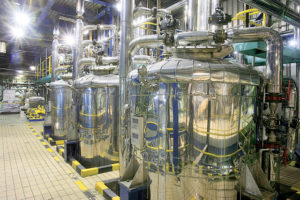
The activities of the area are aimed at the approach and evaluation of technological, operational and control strategies that contribute to:
- Reduction of undetermined losses in juice and juice clarification.
- Quality assurance of filtered juice as a return stream with minimal loss of sucrose in cachaza.
- Minimization of the effect of embedding in evaporators on sucrose losses.
- Minimization of sucrose losses due to thermal destruction, dragging in pots and evaporators, investment and apparent.
- Reduction of sucrose losses in final honey and cachaza.
Sugar production inputs
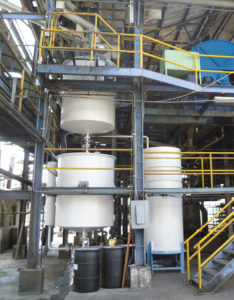
Various inputs are used in the sugar production process that facilitate the assurance of the quality of the materials and the recovery of sucrose, in addition to guaranteeing the efficient operation of the equipment. The main inputs used are:
- Flocculants
- Callus
- Bleaching agents
- Sulfur
- Phosphoric acid
- Surfactants
- Caustic soda
The activities of the area are focused on the efficient use of these inputs maintaining the quality parameters of the process, through the characterization and assurance of the quality and the chain of suppliers, the standardization of the dosing conditions (preparation and control systems) and the evaluation of the use of more efficient inputs.
Energy efficiency
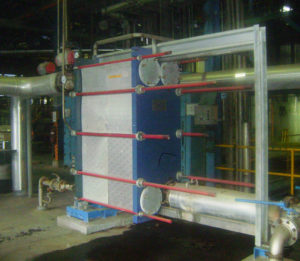
The thermal needs of the sugar production process are satisfied from the steam coming from the factory's cogeneration area, which in turn depends on the availability of the fuel, which is mainly the bagasse from the cane. It is important to highlight that in order to make the maximum use of the energy of this steam, the evaporation station through which the juice of the cane is concentrated is of multiple effects, generating vegetable and condensed vapors. According to this, the area seeks to generate alternatives that allow a rational and efficient use of steam in the sugar manufacturing process, through the use of thermal currents (vegetable vapors and condensates) to recover heat, the formulation of operation schemes alternatives, appropriate control systems and mitigation of the impact of operating conditions on steam consumption.
Quality of finished product
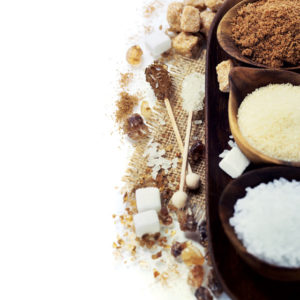
Among the most important parameters to determine sugar quality are turbidity and color. The latter is determined both by the characteristics of the raw material and by the transformations to which it is subjected throughout the process. Within the process there are stages that seek to reduce the color of the process materials in order to ensure the required quality of the final product. The area investigates process alternatives that are friendly to the environment, reduce or maintain operating costs and ensure the obtaining of products of the required quality.
Obtaining value-added products from process by-products
Throughout the sugar production process, by-products are generated that have compositional characteristics such as the presence of antioxidant compounds or high content of plant organic matter, which are interesting for obtaining value-added products through physicochemical processes. The area investigates use alternatives such as obtaining biofuels from the pyrolysis of agricultural crop residues or compacting biomass and obtaining derivatives from vinegar, cachaza or final honey.
Environmental impact reduction of sugar production process
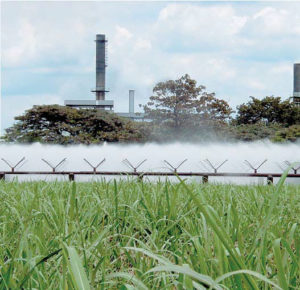
The production of sugarcane and its processing to obtain value-added products such as sugar, ethanol and electricity, among others, generates an environmental impact related to the use of inputs, water consumption and emission of greenhouse gases . The area works on the diagnosis of said emission in order to propose process alternatives that allow the generation of pollutants to be reduced to the environment, in addition to proposing strategies that reduce water collection.












